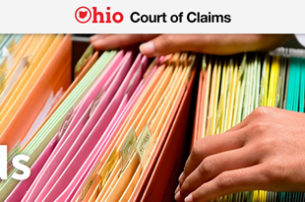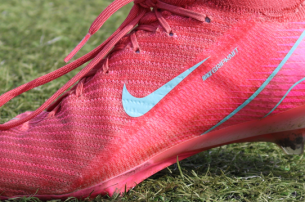How COVID-19 Affected College Newspapers
Student newspapers are integral to the free flow of ideas and information on college campuses. But with campus closures, business shutdowns and student enrollment declines during COVID-19, the independence of these publications is in question.
University of Florida College of Journalism and Communications (UFCJC) doctoral student Jessica Sparks, CNN Counsel and former Brechner Center for Freedom of Information Director Frank LoMonte, and UFCJC alumna April Rubin wanted to determine how student media was affected by the global pandemic and whether student media has been forever changed. Their research showed that student newspapers have transitioned to a more diverse revenue model and will continue some pandemic-specific practices they embraced.
In some ways, COVID-19 sped up the digital transformation for student newspapers while in other ways the global pandemic created a wider audience for campus news outside the print edition. The study evaluated advertising revenue, print versus digital circulation, and how the pandemic influenced general newsroom operations.
The study finds that a fall in student enrollment did reduce the audience for campus newspapers and thus advertising revenue. This forced some student media to seek university funding, which can be a problem for independence at these outlets.
The authors discovered that the institution’s additional financial assistance significantly affected the independence of student journalists. Alternative revenue streams were also explored, such as grants, commercial enterprises, investment incomes, government aid (specifically a Paycheck Protection Program loan), donations and sponsorships. As a result, student news organizations now understand that they can no longer rely on the traditional industrial-based advertising model to continue operating.
Student newspapers also printed fewer hard copies during the pandemic, but the authors found that campus newspapers are publishing more frequently than they did before the pandemic, even without a print edition. Online editions and the ability to text readers have also aided in increasing audiences. Wages for editorial staff continue to vary widely depending on the newspaper’s resources, which could impact the socioeconomic status of student journalists and result in less diverse perspectives contributing to the content.
The study suggests that future research should evaluate how the university’s stability correlates to student newspaper publication frequency and how its staff is hired and compensated. Looking forward, the authors would also like to see more research focusing on diversity in student newsrooms, especially in leadership roles.
Finally, the researchers believe a trend in mainstream nonprofit news generating substantial donations may negatively impact student media, which lacks the same financial support and fewer advertising-generating options than larger media properties.
The original article, “How COVID-19 Has Affected College Newspapers: A Mixed-Methods Study,” was published online in the Newspaper Research Journal on May 16, 2023, and was published in the print edition in September 2023.
Authors: Jessica Sparks, Frank LoMonte, April Rubin
This summary was written by Dana Hackley, Ph.D.
Posted: November 29, 2023
Category: Brechner News
Tagged as: April Rubin, College Media, COVID-19, Frank LoMonte, Jessica Sparks, Student Journalists, Student Press



